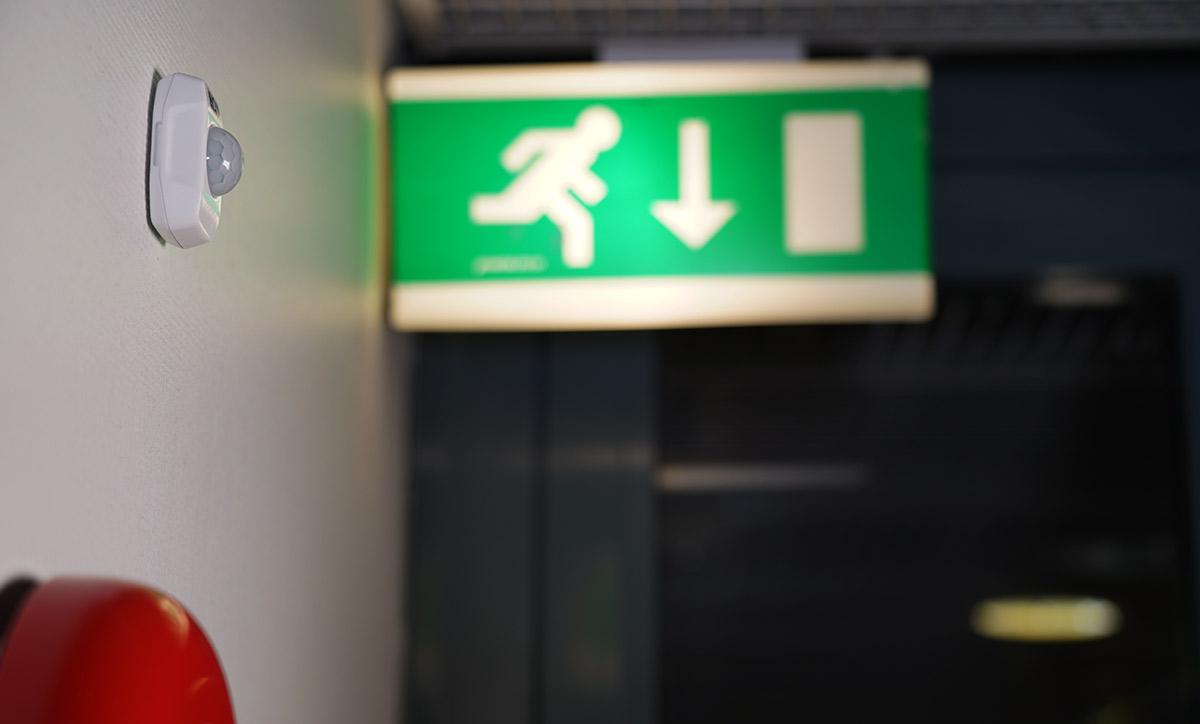How to optimize space usage in hospitals with smart solutions
Hospitals are constantly facing hard-to-solve issues over space usage. The bottom line is that hospitals always need more space, but in reality, there’s seldom excess space to have. So, how do we utilize the spaces we the best possible way?
In this article, Gunnar Hansen, Head of Empathic Building Hospital Solution tells how to optimize space usage in hospital rooms with smart solutions.
Optimizing space usage requires accurate data
Empathic Building Hospital solution is being tested in several hospitals in Norway. One of the major drivers in taking smart building solutions into hospitals has been the need for accurate data on space usage meaning offices, meeting rooms, patient rooms, and cafeterias. This is why Empathic Building Hospital Solution customers and property owners have seen a huge potential in getting space usage data from the Empathic Building digital twin.
To begin to understand how to best optimize the space usage of a hospital, we first need to understand how the spaces are being used right now. We need to know which rooms are used the most, which rooms are not used as much, and also, at which times are the spaces used the most.
With usage data, our customers have now been able to determine how much space different departments need in the hospital and find unused office rooms to make more space.
With Empathic Building, the space-optimizing process starts by downloading a utilization report from the Empathic Building digital twin. From this report, one can easily see which rooms are used, how much, and at which times of the day. Then, facility managers and hospital staff can begin to make informed decisions, based on reliable data over space usage.
But how to gather space usage information? Empathic Building uses IoT sensor devices to gather different kinds of data from the buildings.
IoT sensor devices for occupancy and visitor counting
The occupancy monitoring and visitor counting is done with a simple IoT device; Thingsee PRESENCE. It’s a small, wireless device that detects movement, and reports it to the system in real time.

Wireless devices enable flexible installation to wherever the devices are needed. Haltian IoT devices are battery-operated and have up to 5 years of battery life, which means very low maintenance needs for the devices once they are installed. What’s more, with a special accessory, the battery life can be extended to up to 10 years!
Mesh network enables fast onboarding to any building
One of the major benefits of Empathic Building is that installing the IoT devices and onboarding the entire system requires no existing infrastructure, meaning that any kind of building can be turned into a smart building very fast. Our solution communicates through mobile networks – not the local WiFi network, meaning that they can be installed and taken into use immediately.
Another great benefit of the Haltian Thingsee IoT system is that it uses mesh connectivity, which enables us to cover large installation areas with a few gateway devices.
How to make a smart hospital?
Implementing the Empathic Building Hospital Solution can happen extremely fast; for example, with one of our customers, the entire building was on-boarded to Empathic Building after only two days from the first call, and after a week all the sensor devices were delivered and installed!
Here’s how it happens:
- The blueprints are sent to the Empathic Building team who create the digital twin
- Plans are made for sensor device needs
- The sensors are sent to you, with step-by-step instructions on how to install them
- …and your installation is ready and rolling!
Author
Gunnar Hansen
Head of Empathic Building Hospital Solution


